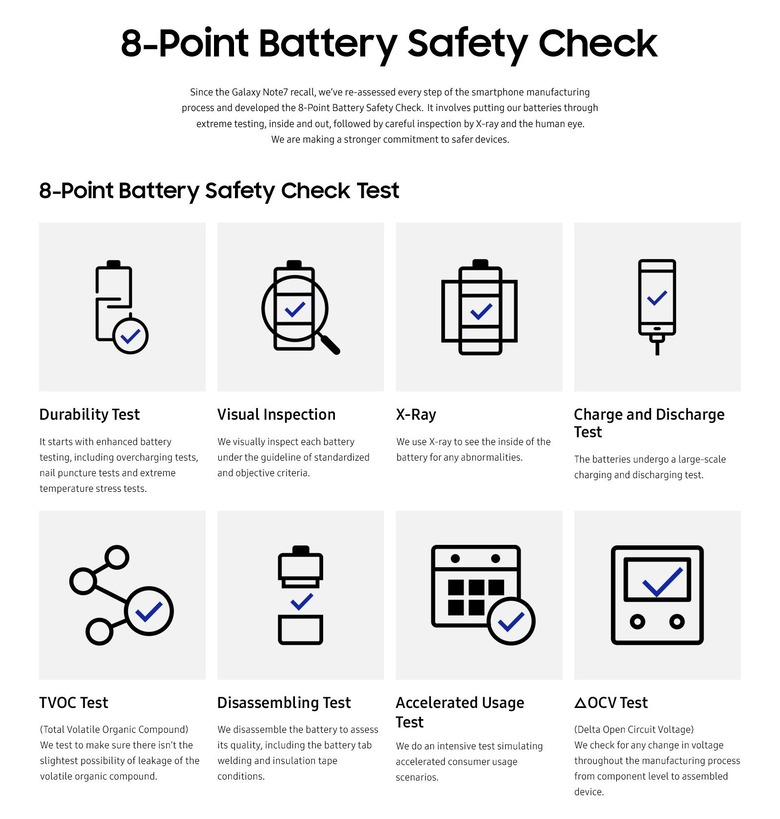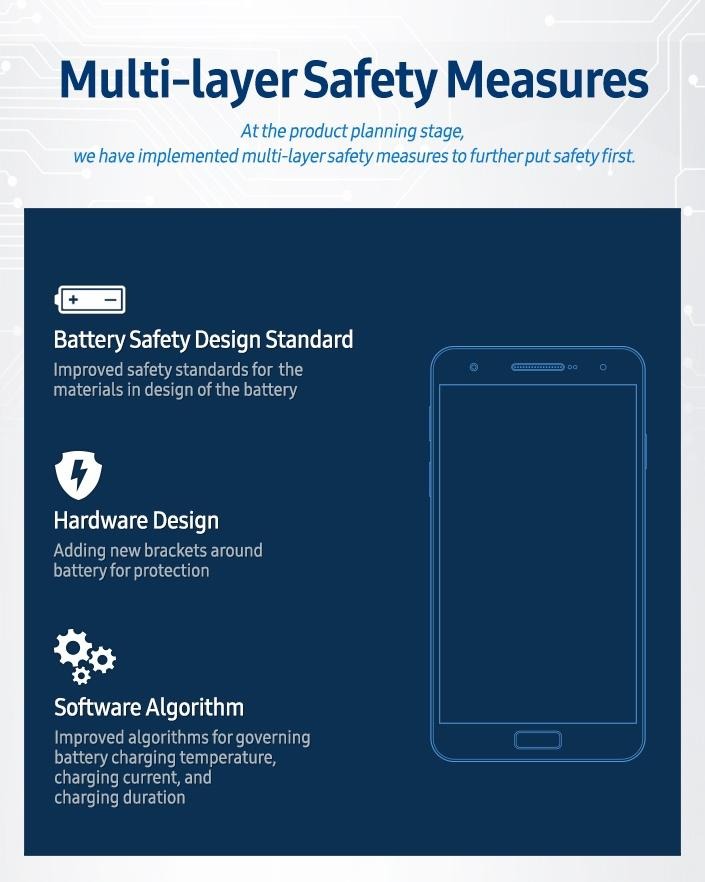Here's How Samsung Plans To Make Its Batteries Safer
We may receive a commission on purchases made from links.
So in the end, it was really the batteries that were at fault in making the Galaxy Note 7 catch fire. It is both curious and ominous that both of Samsung's battery suppliers had two different manufacturing defects that led to the same end. Of course, Samsung doesn't want a repeat of that embarrassing, not to mention costly, chapter of its history and is now laying out the steps it will take to regain consumers', and regulators', trust in its smartphones.
It is four steps short of that popular twelve-step recovery program, but 8 points to ensure your smartphone won't burn your pocket or your bed is more than welcome. In a nutshell, Samsung will put each and every battery under increased scrutiny and testing, perhaps more than they were before. Putting the battery under an X-ray, for example, could help identify manufacturing flaws early on, while a Total Volatile Organic Compound or TVOC test will ensure that the batteries won't leak flammable material.

In addition to those 8 points, Samsung will also be implementing a three-tier safety protocol that will ensure its hardened safety standards are met, starting from the design phase all the way up to software. In addition to scrutinizing the design and manufacturing of the battery itself, Samsung will implement software safeguards that will monitor the battery's health.

And finally, to ensure that it won't rely only on its own eyes, as well as give it an image of impartiality, Samsung has formed a battery advisory group of external experts hailing from different universities and laboratories around the world. Even without this advisory group, however, you can be sure that independent labs and even government agencies will keep an eye on Samsung for a while.
SOURCE: Samsung
